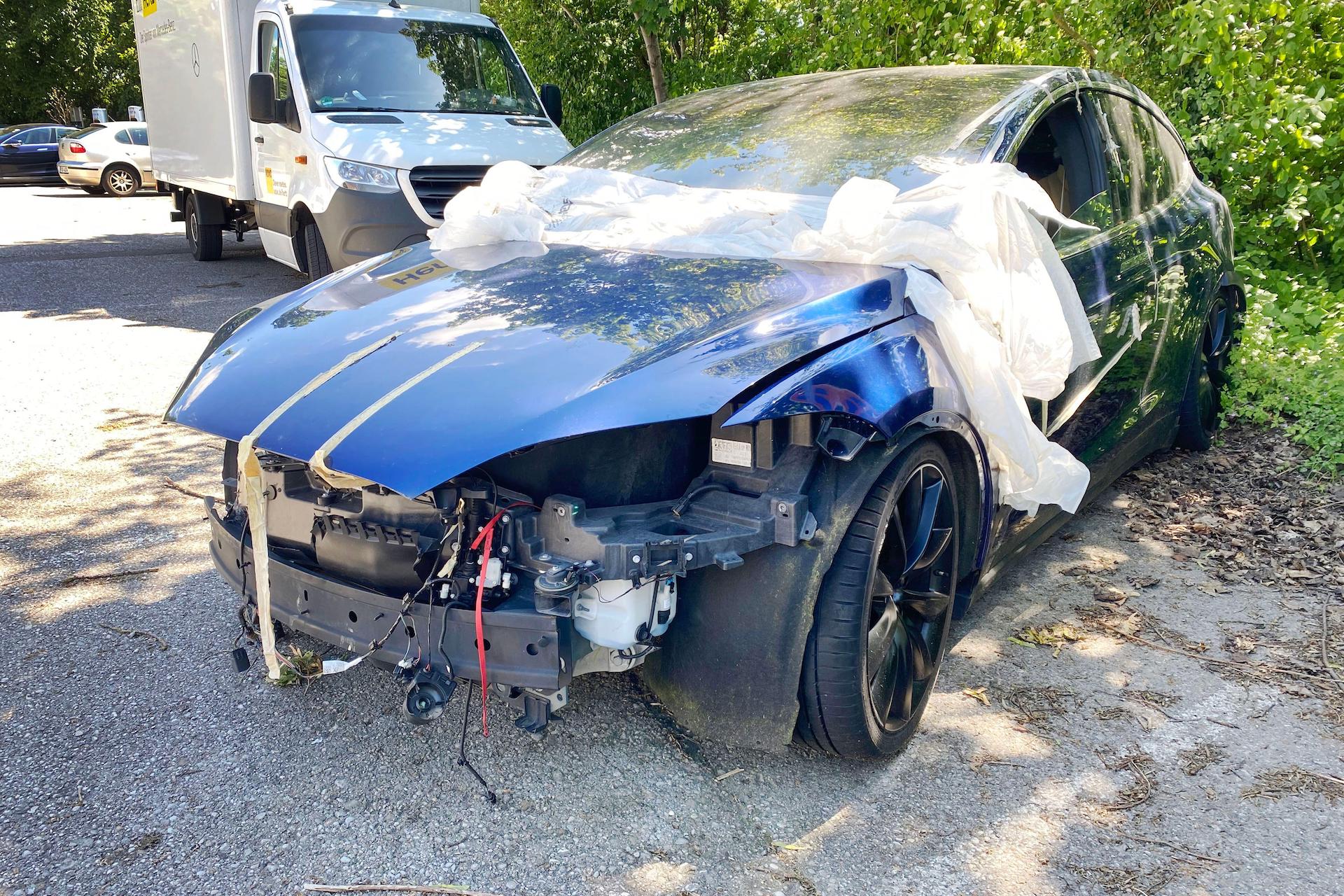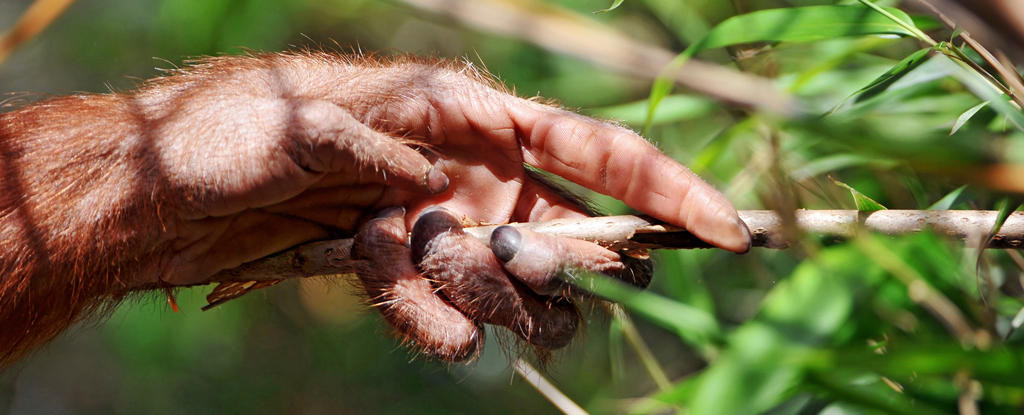Plants, Vol. 12, Pages 3671: Fitness and Hard Seededness of F2 and F3 Descendants of Hybridization between Herbicide-Resistant Glycine max and G. soja
Plants doi: 10.3390/plants12213671
Authors: Rong Liang Jia-Li Liu Xue-Qin Ji Kenneth M. Olsen Sheng Qiang Xiao-Ling Song
The commercial cultivation of herbicide-resistant (HR) transgenic soybeans (Glycine max L. Merr.) raises great concern that transgenes may introgress into wild soybeans (Glycine soja Sieb. et Zucc.) via pollen-mediated gene flow, which could increase the ecological risks of transgenic weed populations and threaten the genetic diversity of wild soybean. To assess the fitness of hybrids derived from transgenic HR soybean and wild soybean, the F2 and F3 descendants of crosses of the HR soybean line T14R1251-70 and two wild soybeans (LNTL and JLBC, which were collected from LiaoNing TieLing and JiLin BaiCheng, respectively), were planted along with their parents in wasteland or farmland soil, with or without weed competition. The fitness of F2 and F3 was significantly increased compared to the wild soybeans under all test conditions, and they also showed a greater competitive ability against weeds. Seeds produced by F2 and F3 were superficially similar to wild soybeans in having a hard seed coat; however, closer morphological examination revealed that the hard-seededness was lower due to the seed coat structure, specifically the presence of thicker hourglass cells in seed coat layers and lower Ca content in palisade epidermis. Hybrid descendants containing the cp4-epsps HR allele were able to complete their life cycle and produce a large number of seeds in the test conditions, which suggests that they would be able to survive in the soil beyond a single growing season, germinate, and grow under suitable conditions. Our findings indicate that the hybrid descendants of HR soybean and wild soybean may pose potential ecological risks in regions of soybean cultivation where wild soybean occurs.

 6 months ago
19
6 months ago
19


